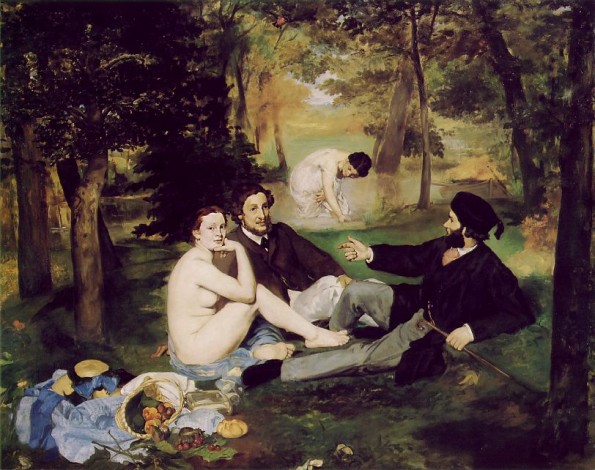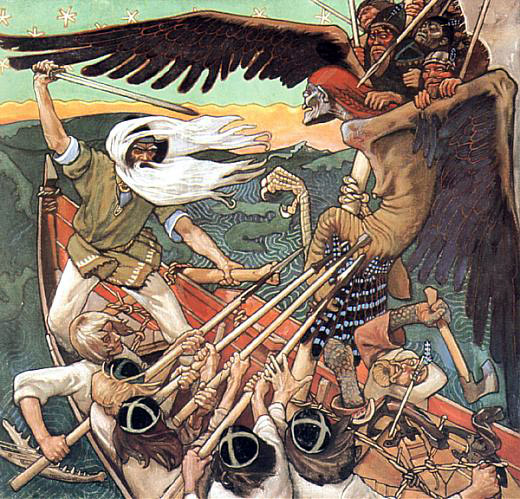I’ve been going through the songs in Rock Band 3 on Expert Pro Guitar for seven months now; it’s been an interesting journey. At the start of that period, I could feel my way around a guitar and play basic chords, but I wasn’t nearly as comfortable as I’d like; to be honest, that’s arguably still a correct description, just from a position where my standards have raised significantly!
I wasn’t sure exactly how I would approach the songs on Expert—maybe I’d find a few to dive into, really mastering them, and skip the rest? The problem with that is that it’s hard to know which ones to dive into without giving them a try, so I’ve been going through all the songs in order of difficulty. And I actually bought Pro Guitar upgrades for a bunch of DLC, so I probably have a good thirty or forty songs that aren’t on disc: lots of songs to go through. (117, I find, as I turn on my console.)
The first phase of my Expert playthrough, going through Tier 0 and Tier 1, was solidifying my basic skills. I Love Rock and Roll and I Wanna Be Sedated were all about power chords. (Well, mostly about power chords: the former also was tremolo practice, and there’s a solo that I should sit down and work on at some point.) Yoshimi was about strumming and getting confident playing an F chord: a song that I had an embarrassing amount of difficulty with when I saw it on Hard, but which is much easier now. (From the DLC, Have You Ever Seen the Rain had the same benefits.) Outer Space was barre chord practice: my hand hurt a lot the first time I played it! There were other songs, but those ones stuck out to me as focusing on basic techniques that I really wanted to master; so I got into a pattern where I would start each session playing through those five before trying the next batch of new songs, and I’d frequently play through snippets of them (e.g. Yoshimi’s basic chord progression) outside of game when I got home from work.
After going through each new song muted a few times, I’d also try it plugged in. That was occasionally eye-opening, more frequently humbling, but almost always a lot of fun. And when returning to my old favorites at the start of each session, I’d always play them plugged in: much more important to hear what I’m doing than to get a good score in game.
I kept on expecting to run into a brick wall, but the game continued its remarkable streak of preparing me excellently for the next song through the previous songs that I’d learned, rarely forcing me to do too much new at once. So I made it from Tier 0 to Tier 1 to Tier 2; and, when I hit Tier 3, much to my surprise, I found that the songs were noticeably more complicated but I was keeping up and in fact enjoying them more than I’d enjoyed the easier songs. So my practice songs shifted: Working for the Weekend; More than a Feeling; Subdivisions; Viva La Resistance; Something Bigger, Something Brighter; Combat Baby; Good Girl. All Tier 3/4; all super fun to play (the Pro Guitar DLC really is great), and also all instructive. By now, I was working on picking out arpeggiated sequences and on slightly less basic chords and chord progressions; I have no idea how many times I’ve picked out the start of More Than a Feeling (I go through that all the time out of game as well), but it’s a lot.
When I hit Tier 4, finally the wall started to appear. I got three stars on all of the on-disc content at that level (though I failed to do that on one piece of Tier 4 DLC), but it was dicey at times. Last weekend was my first attempt at Tier 5, and I can already tell that that’s going to be a real challenge, that I’m not going to manage three stars everywhere there. Even the chordal bits are significantly harder, but the solos are also getting longer and more flamboyant, and I’m not prepared for that at all.
So I’m running up against my limits. But, as the game has made abundantly clear, one’s limits change with practice; the difference is that I no longer have an obvious next step handed to me by the game, so I have to think about what I should work on next. (What I need to learn, what I enjoy.) Some thoughts:
- My foundation is a lot more solid than it once was, but there’s still a lot of room for improvement. So I don’t want to let up on those basic chords: I need my hand to just jump to the right place.
- My recent work on playing through arpeggiated bits has paid off: my right hand is significantly more agile than it was six months ago. But it’s still got a long, long way to go before I’m really comfortable skipping from string to string.
- Solos frighten me; I have to deal with that. My scales need to be rock solid, I need to be a lot better at translating from my ears to my fingers (I’m still much much better at both of those aspects of playing on a violin than on a guitar, even though my only violin experience was three years of middle-school orchestra almost three decades ago), and there’s lots of work for me to do on flips and trills.
- I need to increase my chord repertoire: the same basic set of ten or so chords stops being enough at some point.
That’s one set of skills that I need to work on: they’re all variants of putting my fingers in the places where the game wants them to be. But, of course, this is music that we’re talking about, so there’s a whole other set of skills: I don’t want to just be playing the right note, I want it to sound good. (Dan Apczynski gave me some very useful tips to that end a week and a half ago.) Most of that is being more nuanced in what I do with my hands, but I also need to learn the variety of sounds tat the instrument is capable of: I’ve spent almost no time trying out different settings on my amp, I don’t have any pedals. I was thinking that I might want to buy a better guitar soon, but now I’m planning to hold off: I’m not sure yet I can tell a good guitar apart from a bad guitar yet.
And then there are aspects of my background as somebody with classical training on keyboard instruments that Rock Band 3 reinforces but that make me a bad rock guitarist. I’m used to a basic expectation when approaching a piece of music that the desired set of keys to be playing at any given time is fixed; on a guitar, though, you have options for which string to play a given note on, and there are many chord variants to choose from in a given situation. So, while I still have a lot to learn from trying to follow the game’s orders, I need to start becoming open to options beyond that.
I’ll keep on going for a bit longer in Tier 5, but I’m not going to fight the brick wall when I hit it; and, when I hit that wall, I’m going to start over again on the easiest songs. This time, though, I’m really going to try to be selective about what songs I play; and my goal isn’t going to be to get three stars on them, my goal is going to be to really learn them. To get them sounding as good as possible when plugged in; to experiment with the different amp settings to see which works best for which song (or for which parts of each song, I should get a pedal or two to let me change sounds mid-song); to learn some basic solos and work up from there; to memorize full songs (and probably to sing along with them more once I get comfortable with them); and to start experimenting with how to perform songs once I’ve memorized them.
That’s a lot to work on; probably too much for me to work on at once, and, honestly, I like playing through lots of different songs, I’m not sure how well I’ll maintain my resolve to focus on individual songs. I’ll do a better job, though; maybe a more realistic match to my temperament is one new song a week plus a fair amount of review? I can easily imagine spending a year going through songs that way; hopefully, by the end of that year, I’ll be a lot better at guitar and be a lot more comfortable at learning without the game’s crutch.
Fun times; rewarding times. I continue to be grateful to Harmonix both for having created the game and for continuing to support it through DLC.

























 Posts
Posts